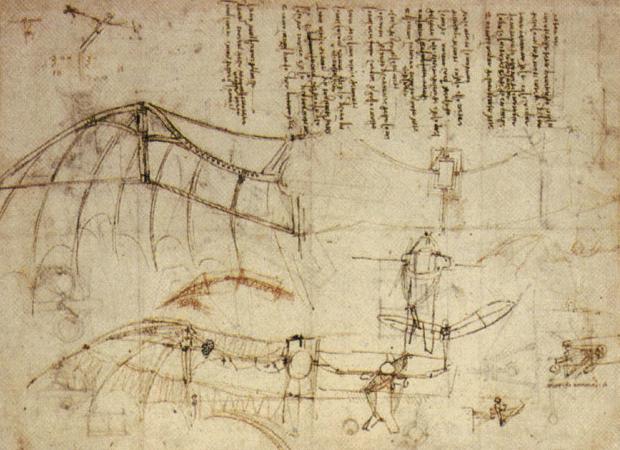HOME RESEARCH LINKS |
|

|
Passive Duplicate Address Detection for DHCP in IPv4
|
|
Introduction
In general, when a mobile node (MN) moves from one Access Point (AP) to the next, it does not have any mean to know if a Layer 2 (L2)
only or both a L2 and a Layer 3 (L3) handoffs have occurred as there are no standard ways to detect a change in subnet. The use of
router advertisements might be one way to solve this problem; however, the frequency of such advertisements is typically in the
order of minutes, which makes it impossible for a MN to know about a subnet change in a timely manner.
When a L3 handoff occurs, the MN needs to acquire a new IP address for the new subnet and this is usually done via DHCP. This is a
very time consuming process which is particularly critical for mobile environments.
|
|
IP address acquisition via DHCP
When a MN needs to acquire a new IP address, it will send a DHCP_DISCOVER broadcast frame. Different DHCP servers will respond to the
DHCP_DISCOVER with a DHCP_OFFER frame containing the candidate IP address. At this point the MN will decide which offer to accept and
once it has made its decision, it will send a DHCP_REQUEST frame to the selected DHCP server. The server can respond to the DHCP_REQUEST
with an ACK if it will assign the requested IP to the MN or with a NACK if it will not.
The longest component of the DHCP assignement procedure is the time between the DHCP_DISCOVER sent by the MN and the DHCP_OFFER sent by
the DHCP server. During this time, the DHCP server performs Duplicate Address Detection (DAD) to be sure that no one else is already using
the IP address that it is going to offer to the new MN. According to the DAD procedure, the DHCP server sends ICMP echo requests to the
candidate IP address and waits for incoming ICMP echo responses. If no responses are received within a timeout (typically on the order of
1 second), the IP address is considered unused and can, therefore, be assigned to the new MN. Figure 1 shows the full message exchange between
a MN and the DHCP server for acquiring a new IP address.
|
|
Our approach (GLOBECOM 2006)
We propose a novel approach called passive DAD (pDAD).
pDAD collects information on which IP addresses are in use in a specific subnet and informs the DHCP server about such addresses. In doing so, the DHCP server already
knows which addresses are in use when a MN requests a new address and therefore it can assign the new address immediately without having to perform any further action
during the assignment process. This allows us to remove any delay due to DAD during the address acquisition time making L3 handoffs seamless (critical for mobile
environments).
For more details please refer to the latest version of our internet
draft forte-dhc-passive-dad-03 (txt) and to our paper
Passive Duplicate Address Detection for Dynamic Host Configuration Protocol (DHCP) (pdf).
|
|
Related papers
- R. Droms, Dynamic Host Configuration Protocol (DHCP), RFC 2131, March 1997.
- N. H. Vaidya, Weak duplicate address detection in mobile ad-hoc networks, in ACM
MobiHoc, June 2002, pp. 206–216.
- K. Weniger, Passive Duplicate Address Detection in Mobile ad-hoc Networks, in
IEEE WCNC, March 2003.
- N. S. Moore, Optimistic Duplicate Address Detection for IPv6, RFC 4429, April 2006.
- A. G. Forte, S. Shin, H. Schulzrinne, Passive Duplicate
Address Detection for Dynamic Host Configuration Protocol (DHCP), Columbia University Technical Report CUCS-011-06, New York, NY, Apr. 2006.
- Y. T’Joens, C. Hublet, and P. D. Schrijver, DHCP reconfiguration extension, RFC 3203, December 2001.
|
| TOP |